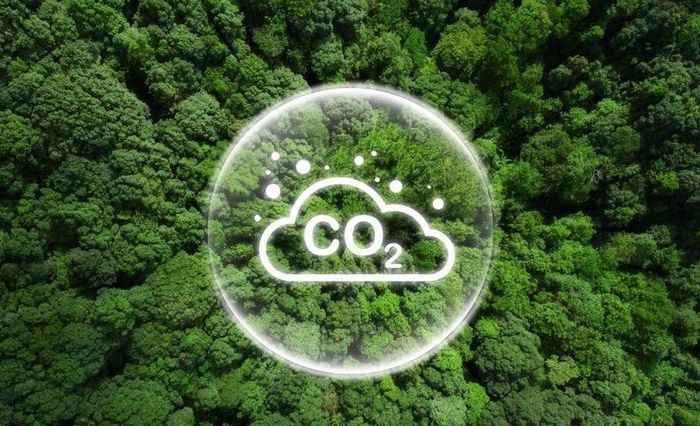A research team led by Huazhong University of Science and Technology in Wuhan, China, has achieved a breakthrough in the prolonged mission of converting carbon dioxide (CO₂) into valuable products. This accomplishment not only offers a solution to climate change challenges but also opens up new possibilities for sustainable industrial applications.

Research Breakthrough: CO₂ to Formic Acid Conversion
The research team developed an innovative electrochemical system capable of converting CO₂ into formic acid with an impressive efficiency exceeding 93%. This success addresses the stability issues that have hindered previous systems, making it a viable solution beyond laboratory settings.
Industrial Implications
Formic acid, the primary output of this conversion process, holds significant applications in chemistry, energy, and agriculture. The research findings, published in the journal Nature, mark a crucial step towards practical and sustainable industrial usage of captured CO₂.
Global Collaboration and Emission Reduction Goals
The success is a result of collaborative efforts between Huazhong University of Science and Technology, University of Science and Technology of China, and the University of Auckland (New Zealand). This achievement aligns with China’s commitment to reducing domestic CO₂ emissions by 2030 and 2035, contributing to global climate change mitigation goals.
Prospects for the Future: Ethylene Production and International Cooperation
The research team envisions further advancements in converting CO₂ into higher-value products, such as ethylene. This opens up new possibilities for industrial applications while emphasizing the need for continued international collaboration to address the global challenge of climate change.
A Green Future Unveiled
This breakthrough in converting CO₂ into valuable products signifies a significant step towards a greener and more sustainable future. It not only aligns with China’s emission reduction goals but also contributes to global efforts in combating climate change.
Note: This article utilizes information, images from 1TG and Shutterstock.





* Your email address will not be published.